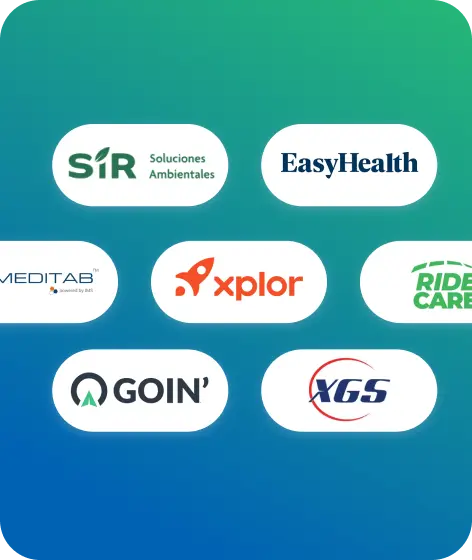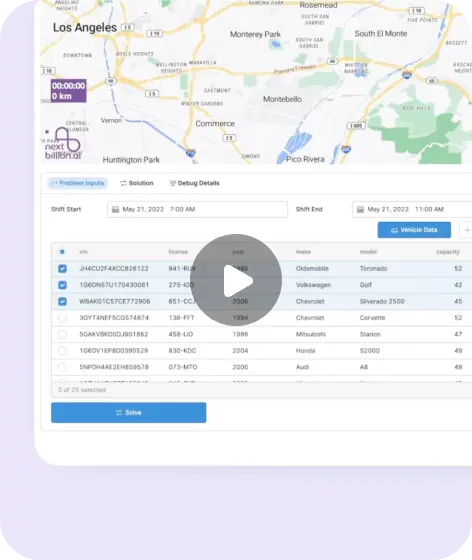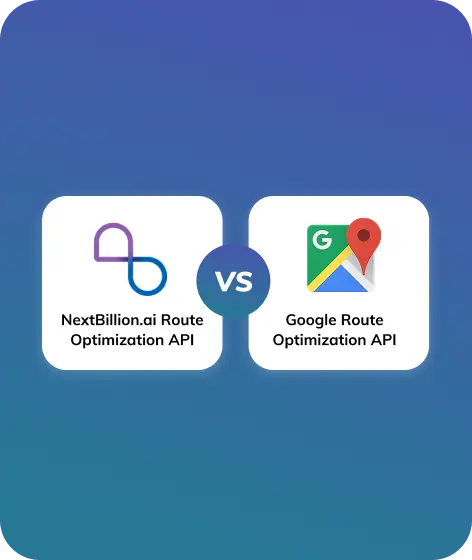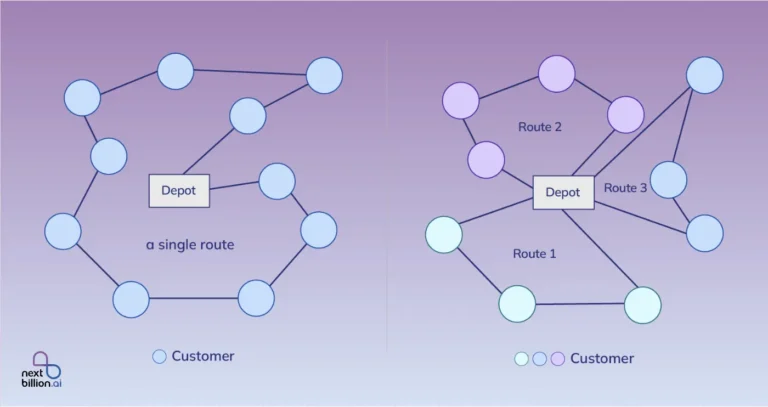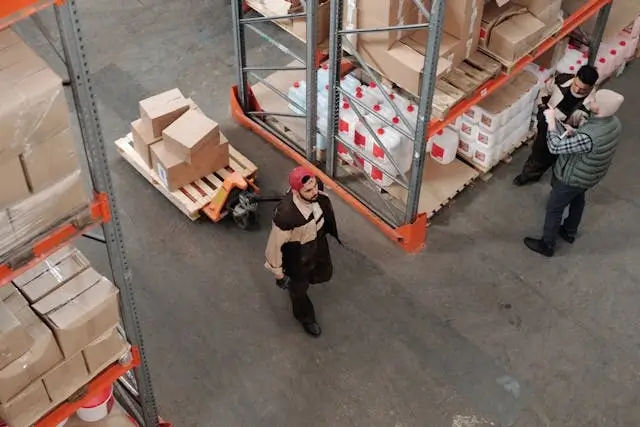
Table of Contents
Heightened customer experience is the priority of businesses, and supply chain and logistics play a crucial role in it. From picking up the package to the last-mile delivery, every step is important to ensure a quick and quality delivery to the customer. Nowadays, customers’ expectations go beyond fast delivery; they want ultra-fast delivery. According to a McKinsey study, almost half of the shoppers abandon their shopping carts if the shipping times are too long.
An Attabotics report reveals that around 80% of the surveyed executives consider same-day delivery to increase revenue while reducing supply chain costs. This puts the retailers in a dilemma, where they have no option but to respond to customer’s needs. However, meeting the customer’s expectations means significant changes in technology, processes, and partnerships.
Two technologies that help with meeting customer demand are real-time order tracking throughout the supply chain and logistics and route optimization for the logistics and delivery operations. Real-time order tracking increases transparency, and route optimization facilitates quick delivery by taking the right routes considering all the real-time factors.
Let’s understand how real-time order tracking and route optimization are the keys to boosting customer experience.
What is Real-Time Order Tracking?
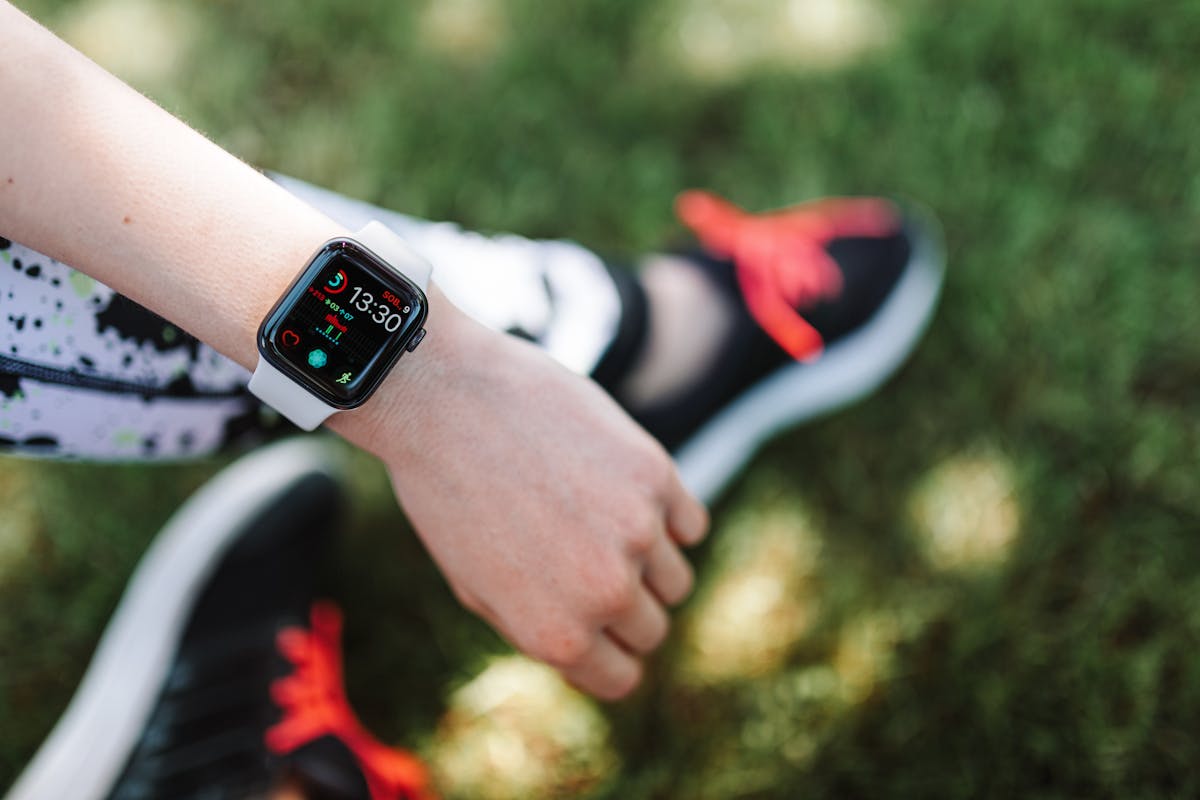
Real-time order tracking is a system that provides customers with the precise status and location of their package or order. From orders assigned to the shipment company for pick-up to the order being delivered to the customer, the customer will be updated with every detail. It informs them about the order fulfilment stages, delivery estimates, and potential delays.
The live order tracking feature is essential for improving the customer experience because it facilitates creating an informed shopping experience. It reduces uncertainty, minimizes waiting times, and when the customer receives it before or on-time delivery, it fosters a sense of trust.
In the absence of a real-time order tracking system, the customer will never know what’s the status of their order, and when they will receive it. They will start sending their queries to the seller, and not responding to their queries on time will increase their frustration levels.
The Role of Real-Time Order Tracking in Enhancing Customer Satisfaction

Here’s how real-time order tracking improves customer satisfaction:
1. Increased Visibility
Enhanced visibility refers to customers receiving detailed and current data about the status, location, and progress of their orders throughout the delivery process. Tracking solutions that provide real-time updates and let clients actively monitor their transactions provide this degree of transparency. Customers can easily understand when their order is shipped, in transit, and anticipated to arrive due to these processes. Additionally, wait times are reduced, and concerns are eliminated.
2. Complete Transparency
Real-time tracking provides customers with accurate and up-to-date information about when their products are likely to arrive. It eliminates the conventional uncertainty about the delivery windows. With real-time tracking, the customer knows when the package will arrive. Some live-order tracking systems provide a transit updates feature, which informs the customer about the movement of their order as it progresses through the logistic network. So, it keeps the customer engaged, and it strengthens their trust.
3. Convenience & Reassurance
Convenience and assurance drive the shopping experience. That’s what real-time order tracking offers. The live-order tracking system provides a tracking number that customers can use to get real-time status and order information.
With a user-friendly and easy-to-navigate application, the customer can conveniently access detailed updates, including estimated delivery time, current transit status, and any potential delays. With accurate details, the customer gets reassured that their delivery is as per the schedule and will reach their doorstep as per the estimated time.
4. Seamless Communication
Seamless communication is essential to real-time order tracking because it guarantees an easy and transparent exchange of information between the client and the delivery process. By providing accurate estimate of time of arrival and updates regarding the parcel’s travel journey, this proactive communication reduces uncertainty, enhances user experience, and helps businesses manage customer expectations effectively.
Furthermore, businesses can use this feature to maintain service transparency and reduce customer support inquiries related to delivery timing. Customers value the prompt alerts and updates that provide them with information about the development and status of their orders. Customers are satisfied and informed at every step of the order fulfilment process due to this two-way communication.
What is Route Optimization?

Route optimization is the process of finding an efficient and cost-effective route from one place to another. However, finding the most optimal route is more than just finding the shortest route between the two points. There are different factors, like weather conditions, traffic situations, and locations of customers, that need to be considered to find the best route.
Route optimization is essential because as the number of touchpoints increases, the number of possible ways to connect them together grows exponentially. While exploring all the possible routes manually becomes difficult, AI-powered route optimization can perform the analysis within minutes and suggest the best route considering every aspect.
How Does it Help with Help in Real-time Order Tracking?
Now, let’s understand the connection between route optimization and real-time order tracking:
Best Optimal Route
Route optimization can help in finding the most efficient route that your delivery partners and fleet drivers can follow to deliver the parcels. By optimizing the routes from the start, like the truck or delivery partner leaving the warehouse, businesses can minimize fuel consumption, delivery time, and operational costs while ensuring prompt delivery.
Live GPS Tracking
The GPS Live Tracking provides both businesses and customers with real-time visibility into the package’s journey. By integrating GPS technology into the delivery system, businesses can monitor the movement of their fleet and ensure timely deliveries. Customers, on the other hand, can track their orders via mobile apps or web platforms, giving them peace of mind about their package’s location.
Dynamic Re-Routing
Dynamic re-routing is a critical feature that ensures deliveries remain on schedule even when unexpected obstacles arise. If traffic conditions change due to congestion, accidents, or road closures, the system automatically updates the delivery route in real-time. This adaptability allows drivers to avoid delays and take the fastest alternative path to their destination.
ETA Updates & Notifications
Accurate estimated time of arrival (ETA) updates keep customers informed about their delivery status. The system continuously calculates the expected delivery time based on real-time factors such as traffic, weather conditions, and order processing time. Customers receive automated notifications via SMS, email, or app alerts, allowing them to plan accordingly.
Real-Life Example: How Meditab Improved Customer Satisfaction with Route Optimization and Real-Time Order Tracking
Meditab is a leading provider of healthcare technology solutions in the United States, and it serves a range of healthcare clients, from independent pharmacies to healthcare organizations. Meditab decided to launch a mobile application that will allow the customers to purchase the medications directly. Meditab will deliver the requirements directly to them, and this solution was designed to serve their network of pharmacies and customers.
However, this initiative required an advanced set of APIs and SDKs that helped in overcoming the problems due to routing, navigation, and live tracking of the delivery fleet. Some of the problems were:
- Providing accurate ETAs in case of unpredictable traffic conditions
- Real-time visibility about the deliveries for customers waiting for urgent deliveries
- Optimized route for drivers to cover maximum number of stops in less number of hours
- Turn-by-turn navigation with offline connectivity
Meditab partnered with NextBillion.ai to integrate MapFusion APIs and SDKs, which support all the essential functions to overcome the problems faced by the organization. Here’s how:
- Route Optimization: The AI-powered route optimization considered around 50 parameters to generate an optimal route. It included real-time and historical traffic data and constraints, like capacity, working hours, and priority orders.
- Real-Time Tracking: This feature helped Meditab and its customers with accurate and real-time updates about their orders. The operational and support teams had access to an internal dashboard that helped in monitoring drivers’ locations, ensuring proactive resolution.
- Navigation SDK: It was integrated with a driver-facing mobile app to assist the drivers with precise turn-by-turn navigation instructions tailored as per the route. It supported offline capabilities, ensuring seamless working in areas with poor Internet connectivity.
- Geofencing: Geofencing was implemented around each vehicle’s location using monitoring systems to trigger the entry and exit alerts. It provided automatic location updates for the admin and the customers.
- Snap to Road API: The Snap to Road API helped in correcting the inaccuracies in GPS data by aligning the driver’s location to the nearest road. It was useful in areas with poor GPS signals or during temporary Internet outages.
With the implementation of MapFusion, Meditab witnessed an improvement in customer experience. The accurate ETAs and real-time tracking reduced customer anxiety regarding timely deliveries, fostering trust. With route optimization, the faster delivery time helped in meeting customer’s expectations.
Best Practices for Businesses Implementing Route Optimization and Tracking

The following best practices will help you make sure your order tracking systems are as efficient, cost-effective, and customer-satisfying as possible:
1. Prioritizing Real-Time Data
Real-time tracking is a game-changer in route optimization. By prioritizing real-time data, you can monitor the location of your vehicles at all times, allowing dispatchers to respond quickly to unanticipated events like traffic jams, accidents, or vehicle breakdowns by rerouting drivers as necessary. Real-time data using GPS and various other technologies not only improves route efficiency but also improves customer service. This is achieved by accurate delivery updates, where customers appreciate knowing exactly when to expect their deliveries.
2. Investing in Scalable Technology
The first step for any delivery company trying to optimize its routes is to invest in dependable technology and routing solutions. By taking into account real-time data, such as traffic conditions, road closures, and weather updates, sophisticated routing tools like NextBillion.ai can automatically determine the most efficient routes.
These solutions help reduce operating costs and travel time by using complex algorithms to determine the fastest and most fuel-efficient routes. Businesses can increase the accuracy and reduce the labor-intensiveness of their routing process by utilizing such technology.
3. Optimize Load Distribution
Another essential component in delivery route optimization is effective load distribution. Make sure the way you load the vehicles optimizes space and distributes weight evenly. Effective load optimization minimizes the number of trips required and avoids overloading, which can result in damage to the vehicle and higher fuel usage.
Carefully organizing the loading procedure will guarantee that every vehicle runs at maximum capacity, increasing productivity and cutting expenses. NextBillion.ai’s route optimization handles it easily, and you don’t have to calculate the load distribution manually.
4. Balance Driver Workloads
Overloading some drivers while underutilizing others can result in burnout and high turnover rates. Using software to distribute deliveries based on driver capacity and availability evenly will help you maintain a more motivated and efficient workforce. In addition to preventing fatigue and guaranteeing consistent performance, balanced workloads lead to happier, more productive drivers, which in turn enhance overall service quality.
5. Use Historical Data
Examining historical delivery data gives you important information about your routing strategies. You may find areas for improvement and make data-driven decisions for future routes by looking at previous delivery trends, peak hours, and common issues. This data helps in strategy refinement, enabling you to predict possible issues and modify routes appropriately. By using historical data, you can make sure that your routing decisions are supported by evidence rather than speculation, thereby enhancing last-mile delivery.
6. Continuously Improve
To maintain optimal performance over time, you must regularly review and evaluate your routing strategies. Additionally, you must ask drivers and customers for feedback to identify areas for improvement and analyze performance metrics like delivery times, fuel consumption, and customer satisfaction to identify trends and inefficiencies. By developing a culture of continuous improvement, you can make sure that your routing strategies adapt to new technologies and changing conditions.
Final Words
Real-time order tracking using route optimization will be an essential, user-friendly, and dynamic component of a smooth, customer-focused retail setting in the coming years. Real-time order tracking will undergo a dynamic transition from convenience to necessity.
With AI personalizing monitoring interfaces and providing predictive insights into delivery times and preferred communication channels, all of these things will become a reality. Customers can virtually interact with their products through these interactive tracking experiences.
By implementing cutting-edge technologies and consistently enhancing our route optimization procedures, we at NextBillion.ai keep our clients prepared for the future. Get in touch with us to handle the complexities of order management and guarantee an improved customer experience by implementing our route optimization software.
About Author
Bhavisha Bhatia
Bhavisha Bhatia is a Computer Science graduate with a passion for writing technical blogs that make complex technical concepts engaging and easy to understand. She is intrigued by the technological developments shaping the course of the world and the beautiful nature around us.

